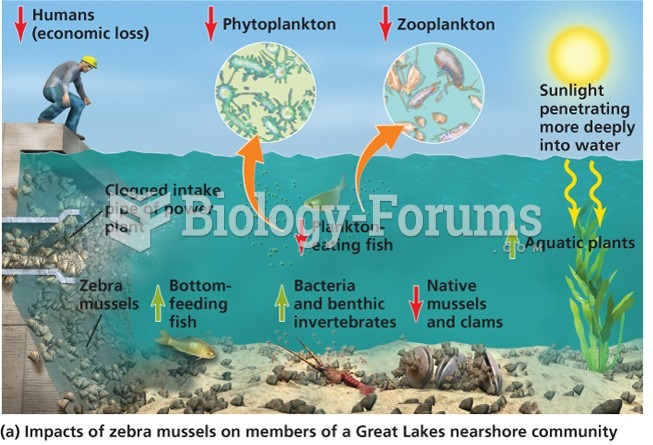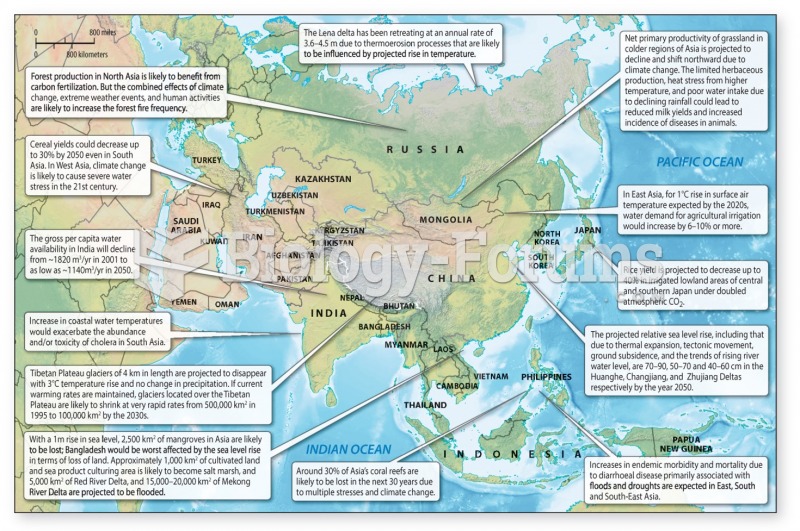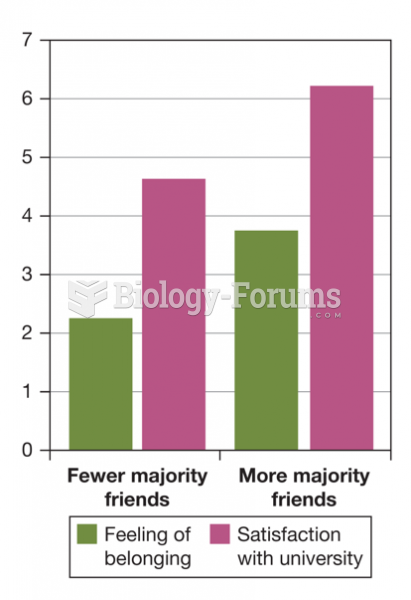Answer to Question 1
In addition to their function in storing and distributing images, digital computers have transformed the manner in which art is made, sold, and experienced. Webcams, inkjet printers, and painting software applications (apps) empower every individual to create, advertise, and sell art. The World Wide Web provides a virtual theater in which one may assume an online identityor more than one identityin cyberspace.
Digital art describes a wide range of genres that employ the language of computers as a primary tool, medium, or creative partner. Digitization itself has revolutionized the art world by blurring the boundaries between the traditional genres of painting, sculpture, film, and photography, and by generating entirely new kinds of visual experience, such as virtual reality, animation, videogame art, Internet art, and two- and three-dimensional imaging.
In digital photography, two ways of using the computer are possible. One involves the computerized manipulation of existing photographic resources (either digital or analog) to alter, rework, or assemble images. The other engages purely digital means (a geometric model or mathematical formula) to create an entirely new image.
Further, computers have inspired whole new mediums in which artists can express themselves. In site-specific installations, which are often monumental in size and complex in design, a computer will control the necessary processes. Interactive art projects, available in galleries, museums, and on computers or smartphones, make the viewer a partner in art-making. These projects, which include Electronic Eve by Jenny Marketou and Text Rain by Camille Utterback, are distinctive in that they provoke a dialogue between the artwork and the spectator, offering the latter a means of altering the artwork itself.
Answer to Question 2
While modern industry brings vast benefits to humankind, real concerns have arisen over the future of the environment. By-products from industrialization threaten the delicate balance of the planet's ecosystem. A landmark figure in the study of ecological systems is the American sociobiologist Edward Osborne Wilson. Wilson has proposed a new type of interdisciplinary research (which he calls scientific humanism) that works to improve the human condition, making a plea for the preservation of biodiversity, the variation of life forms within a given ecosystem. He seeks the development of a sound environmental ethic, one that will ensure the future of the planet.
Wilson's attitude, shared by many, has informed the work of many artists. The growing field of environmental art attempts to unite human creativity with the expansive palette of the natural world. The Chinese-American conceptualist Mel Chin, for instance, has launched a novel project to leach toxic metals from highly contaminated soil. Architects, especially, have always given practical consideration to the environment in which they build. Green buildingsstructures that are both friendly to the ecosystem and energy efficienthave been found to save money and preserve the environment and sustainable design has become a global movement.







